Spice up your chocolate
Understanding Spices
Your cart is empty.
SUBTOTAL
£0.00

Understanding Spices
Chocolate. Just the word alone is enough. Who doesn’t love chocolate? If there were a list of things that are universally loved, chocolate would be sitting pretty at the top.
Naturally, we humans have done to chocolate what we have always done to anything we love. We try to mix and combine it with other things we love. Sometimes, it doesn’t really work out. But occasionally, we get it right. For example, chocolate and spices. You may well have seen some mysterious, luxurious-looking bars on your local supermarket shelves – dark chocolate and chili or milk chocolate and smoked paprika. Who would’ve thought?
Well, it turns out we thought about this a long, long time ago. In Mexico, as early as 500BC (2500 years ago!), the Mayans were drinking chocolate. In fact, some archeologists are certain that the Olmecs (the oldest civilization of the Americas, dating back to 1500BC) were the very first users of cocoa. When you think about the fact that they would’ve been surrounded by cocoa beans, it’s a little less surprising.

Like something from a dream or Charlie and the Chocolate Factory, chocolate quite literally grows on trees. In its raw state, it looks a bit like a melon, hanging off 60ft trees known as ‘Theobroma Cacao’. Very aptly, this translates as ‘food of the gods’. You’ll find the tree growing all over Africa, parts of Indonesia, South America and Central America. Inside the melon-like pods, you’ll find the seeds (cocoa beans).
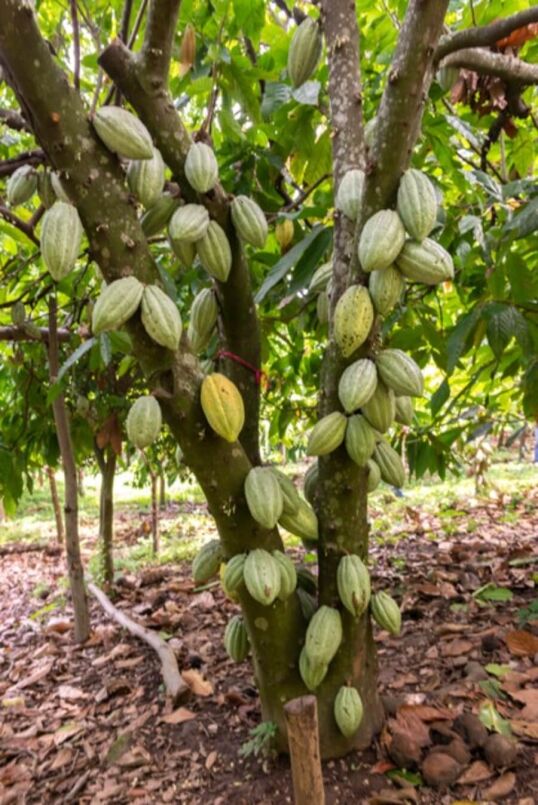
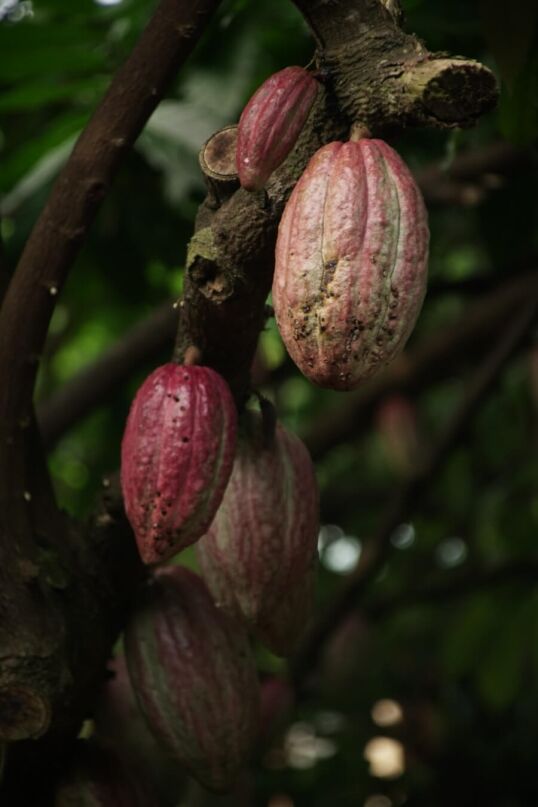
From ancient times, Central American natives mixed these cocoa beans with water, cornmeal and chili peppers! So from the very earliest days of our relationship with chocolate, we were mixing it with something hot and spicy – perhaps the two ingredients were always meant to be?
The Mayans mixed the drink by pouring it back and forth from cup to pot – a lot like the way Chai Tea is poured back and forth in India. Once a thick foam had developed, they would then enjoy the beverage cold. The Mexican Indian word ‘chocolat’ comes from the combination of the terms ‘choco’ (foam) and ‘atl’ (water).
Nowadays, the process of enjoying chocolate and spices is often a little different. Whilst a spiced pumpkin hot chocolate doesn’t go amiss, we often consume the stuff in its solid form – the classic chocolate bar. But it wasn’t until the 18th century that chocolate really began to evolve from a drink. Firstly, in Holland (the Dutch controlled nearly all of the cocoa bean trade at this time), cocoa powder was invented. This blended much easier with milk or water and allowed for new and innovative creations.
Soon enough, cocoa butter was being mixed with sugar and, in 1876, milk chocolate was developed. It was from this point onwards that chocolate became much more popular in its solid form, rather than the drinkable origins.
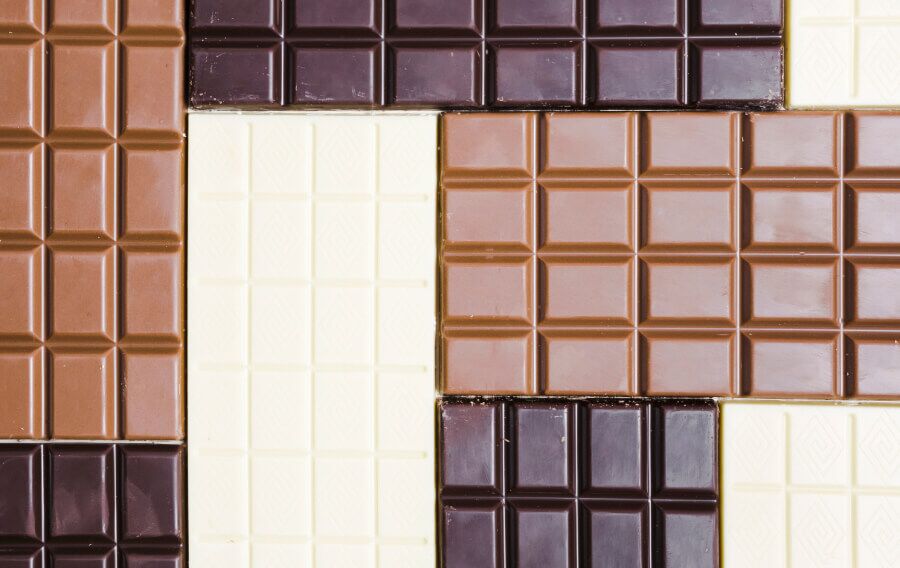
Similarly to the way gin has gone, the solid chocolate bars we know and love today are experiencing something of a revolution – an explosion in different types and flavours…perhaps harking back to the very early roots left behind by the Mayans. So, what are the most popular spices and herbs to mix with chocolate? Below, we’ve listed some of our favourites, divided by white, milk and dark chocolate.
Perfect with strong, distinct flavours.
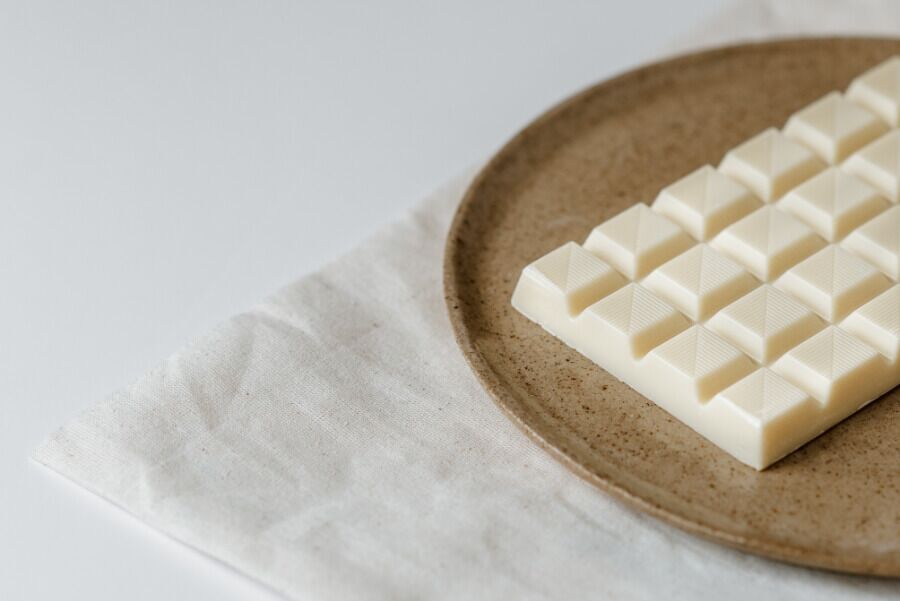
Mild, sweet flavour. Goes well with earthy or fruity flavours.
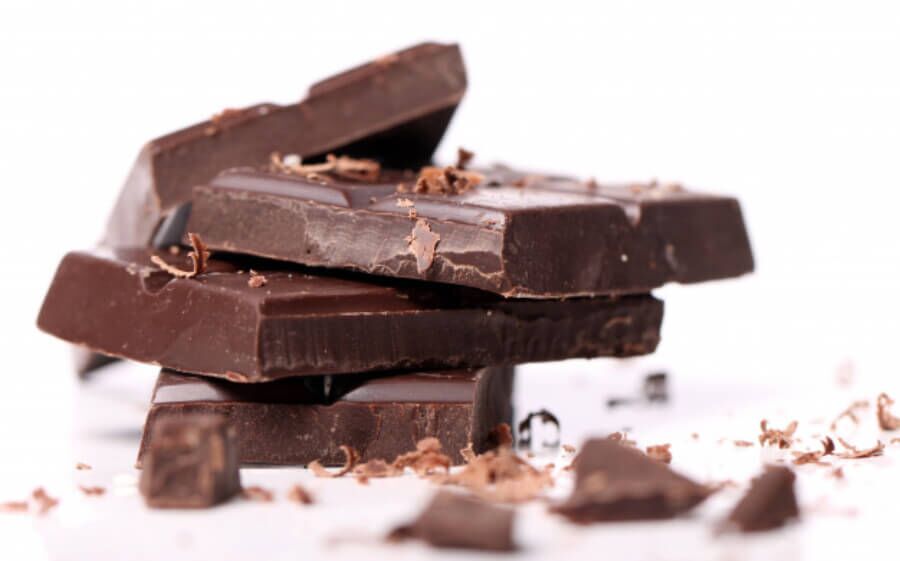
Very versatile because of its bittersweet taste. Goes best with bold, tangy flavours.
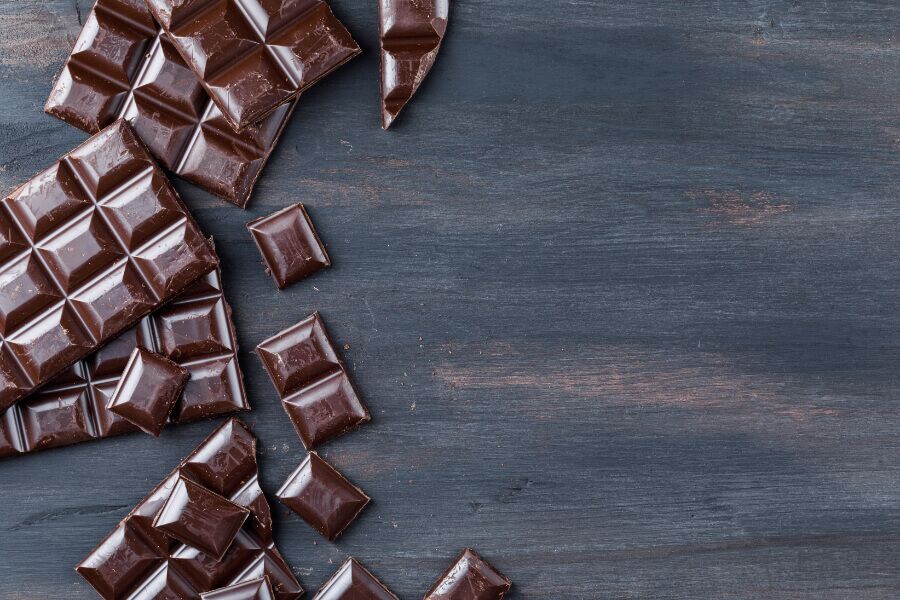
Understanding Spices
Spices have long been integral to the UK's culinary landscape, adding depth, flavours, and richness to a myriad of dishes. From the pungent aroma of cumin in Indian curries to...
Read MoreUnderstanding Spices
Confetti is an essential part of any wedding day. Not only is it a wonderful way to greet a newlywed couple, but it also provides some beautiful photo opportunities. The...
Read MoreSeasonal Ideas
It’s no secret that any handmade gift will always be more special than a store-bought one. Homemade food gifts are especially wonderful, a labour of love that shows someone you...
Read MoreHealth and Wellbeing
It’s no secret that winter’s cold and gloomy weather makes us crave indulgent dishes like fondue and baked goods like sticky toffee pudding and apple crumble. While Christmas is the...
Read More